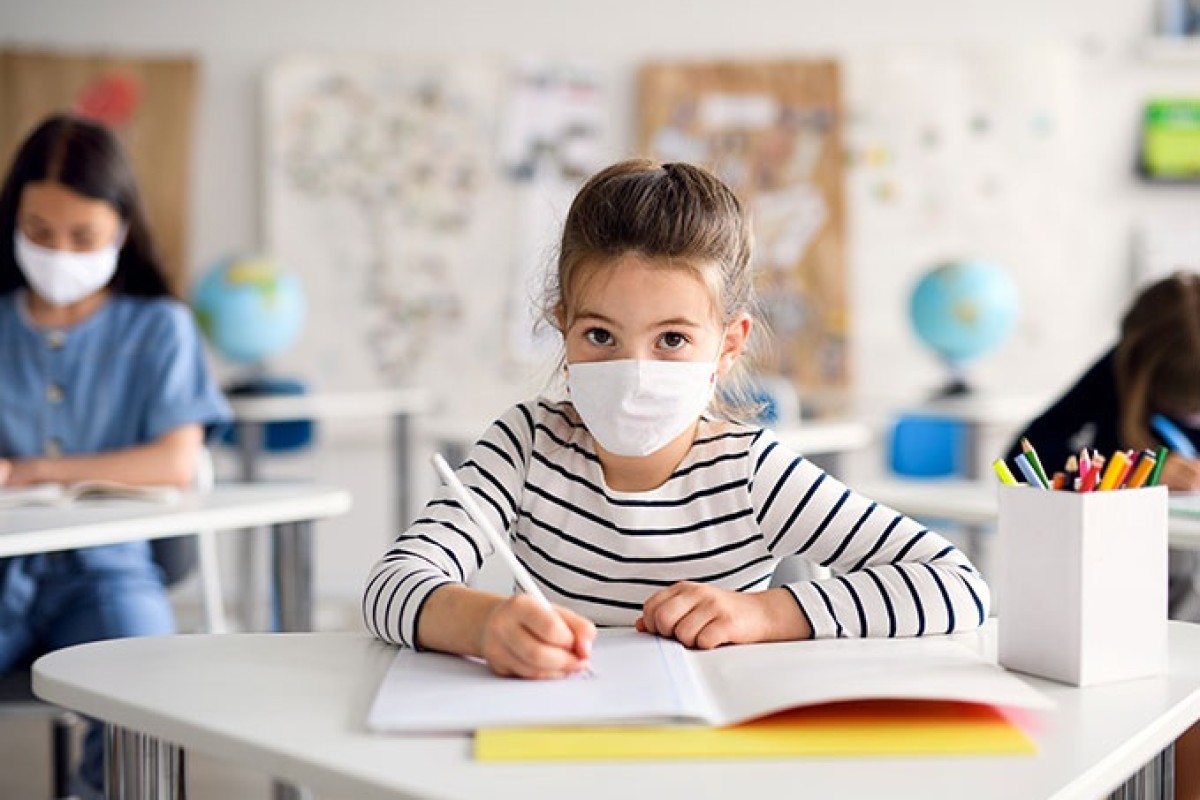Rethinking School Design

In recent months we've spoken a great deal about how antimicrobial technology can work against the viability of viruses, including SARS-COV-2, the virus that causes Covid-19, on porous and non-porous surfaces.
As our children return to school, we are reminded daily that indoor spaces are still the likely source of transmission.
But what are the prospects for dealing with Covid more effectively in the future? Are we really preparing buildings for the next pandemic?
A part of the solution is already widely available. Antimicrobial technology can be built into more or less any permanent building feature to provide effective antimicrobial protection for the lifetime of the product to complement existing hygiene protocols.
In buildings where many people co-exist in close proximity, such as schools, hotels, hospitals and office blocks, specifying materials and products which can help to reduce the risk of cross-contamination.
Antimicrobial technology can be introduced into any permanent or non-permanent feature within buildings, such as walls, floors, door handles, radiators, worktops and air conditioning units to provide long lasting antimicrobial protection.
Covid aside, microbes through the air can also cause many types of infectious disease and unwanted odours, affecting the quality of air that we breathe.
As architects and building specifiers are encouraged to design buildings to be more energy efficient, mechanical HVAC systems are increasingly relied upon for airflow. Incorporating antimicrobial technology into surfaces of ductwork, as wall materials or water pipework will inhibit the growth of harmful microbes, providing a more hygienic environment.
Inbuilt antimicrobial technology in HVAC systems and filters can help reduce the impact of bacteria that could otherwise spread through contamination.
The same technology is easily applied to water pipework, for waste and potable supply, reducing the risk of Legionella building up which can lead to outbreaks of Legionnaire’s disease in larger water systems.
In hygiene critical environments, walls too can often be overlooked as an exposure pathway for harmful microbes as cleaning protocols might not always incorporate thorough cleaning.
Antimicrobial protection can be easily added for wall coverings from cladding, paint and even ceramic tiles to ensure that around the clock protection is provided where needed.
One of the issues from a design point of view of course is that budgets are going to be under pressure and governments will be challenged for many years to come in terms of finances. However silver ion technology can be added at suprisingly low addition rates, which makes it a very cost effective solution.
If there is one lesson the pandemic has taught us, it is that schools need to be built so that our children never again have to miss out on so much for so long.
← Back to blog
